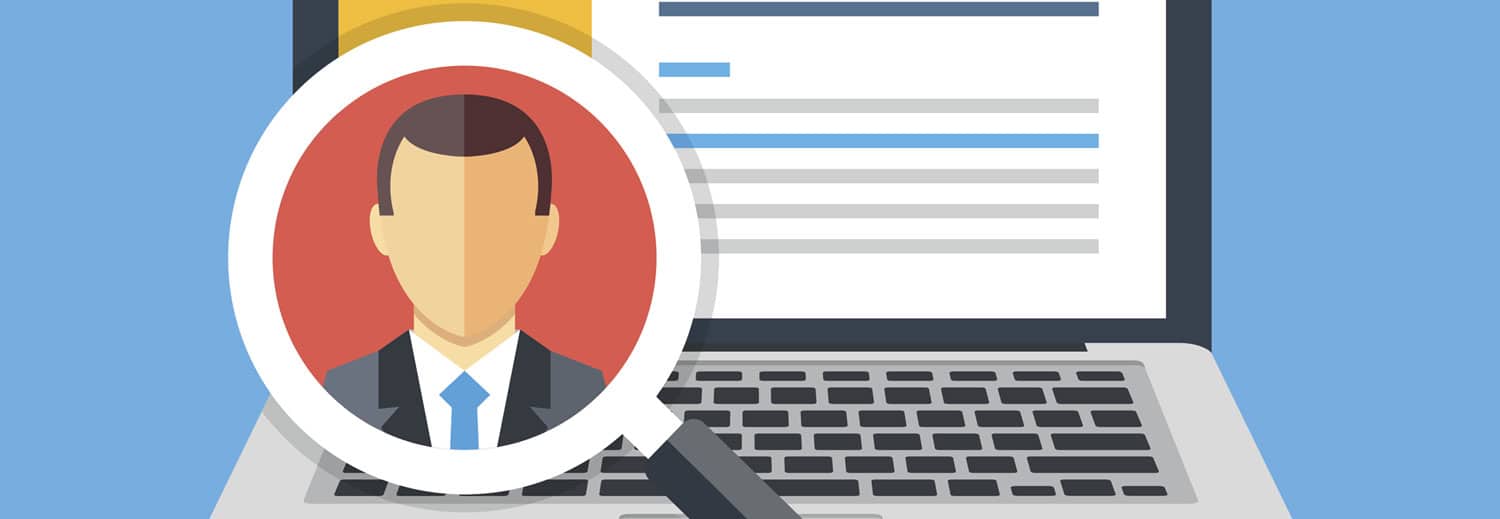
Pre-qualification for a car loan means a lender has conditionally approved you to borrow a certain amount of money before you decide on the car you want to buy.
This gives you the security to shop for vehicles in your price range because you know exactly what your options are.
In order for a lender to approve you, they must first evaluate your financial situation. Just like applying for a normal loan, this includes pulling your credit report and reviewing your previous lending behavior.
The great thing about getting pre-qualified for a car loan is that you know how much money you can spend on a car. This gives you a little “wiggle” room when it comes time to negotiate the terms of the loan.
While sometimes pre-approval might mean you have more money to spend than originally thought, it can also mean you have less. Pre-approval gives you the clear cut parameters of your budget. It also helps you set the tone for conversation when you’re dealing with the salesperson.
In addition to negotiating power, pre-approval also gives buyers the option of making extra payments against the principle without taking a penalty. If you come into extra money and want to use it against your auto loan, you can do so without incurring extra costs. It’s a win-win; you’re paying your vehicle off faster and lessening the amount of interest you have to pay.
Pre-approval gives you a sense of confidence when you’re vehicle shopping. When you know how much money you can spend, you’re able to make a better decision about what kind of car you want to buy. Pre-approval simplifies the car buying experience by eliminating financial uncertainty.
#1 Pull Your Credit Report
This will give you an idea of whether or not you qualify for pre-approval. Typically, in order to qualify you need average or above average credit (650 or higher).
#2 Have All Your Documentation Ready
Have all the proper information with you when you apply. This includes your latest pay stub, proof of employment, and proof of residence (a utility bill, your license, a tax return, etc.).
#3 Have a Down Payment
A down payment shows lenders that you’re able to save money and are financially stable. It also reduces a lender’s risk as they’re not lending you as much money. While the size of the down payment is up to you, for pre-approvals lenders usually like to see that you can put down at least 15% of the vehicle’s value. But you are able to put down as much as you want. Even if it’s $1000, that’s more than nothing!
#4 Make Sure Your Debt-to-Income Ratio is Low
To calculate your debt-to-income ratio, add your debt payments together and divide it by the total amount of living expenses plus debt on a monthly basis. The number you get should be less than 40% of your total income.
To put it plainly, if your monthly bills are less than 40% of your monthly income, you’re in a good position.
#5 Be Honest
When it comes to pre-approved car loans, how much you earn is an important factor. A lender wants to know you’re able to maintain a certain income for a set period of time. It’s important to be honest about this and other points of interest. In the end, it’ll only hurt your chances if you provide information that’s not truthful.
Pre-approvals are only valid for a short amount of time. Once you’ve qualified, your next priority should be finding a vehicle within your financing parameters.
With 10,000 vehicles and over 20 different brands in our inventory, there’s no doubt you’ll be able to find the right vehicle for your needs, at a price you can afford. Plus, our staff of around-the-clock personal shoppers can help you find the best offers in your area.